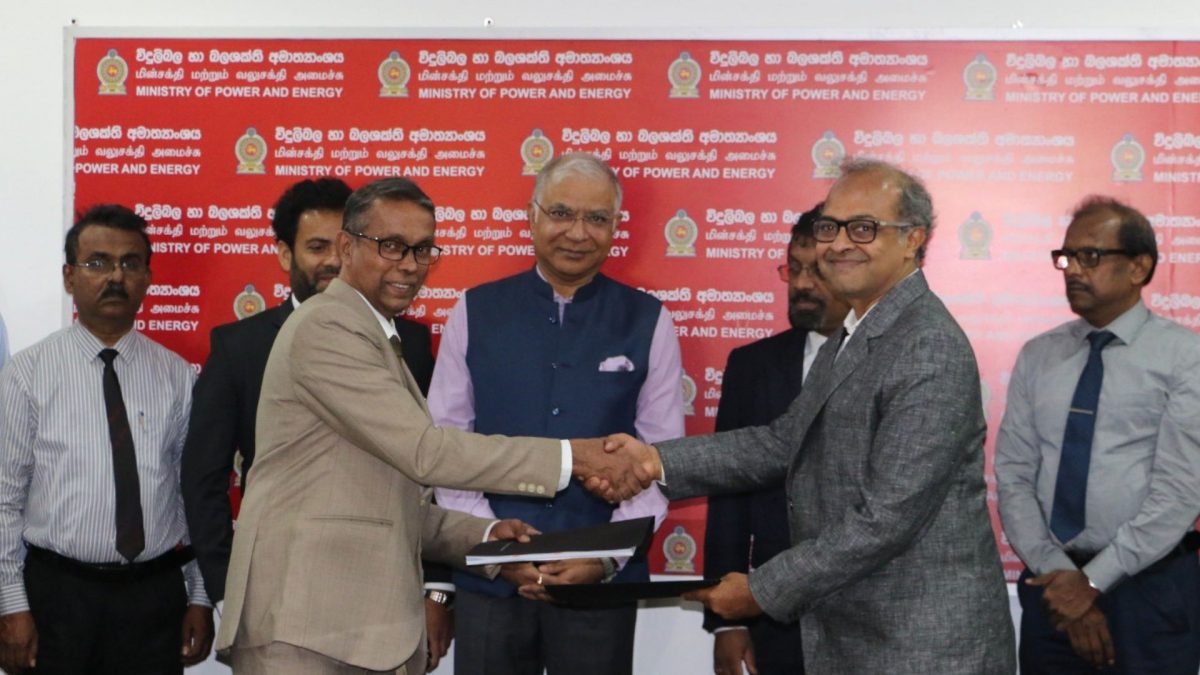 The world of application architectures is changing with the advent of service-oriented architectures (SOA) and this time it is not just industry hype. SOA is here and now.
The world of application architectures is changing with the advent of service-oriented architectures (SOA) and this time it is not just industry hype. SOA is here and now.
According to Gartner, 60% of enterprises will use SOA as their guiding principle when creating applications and processes by 2008. Moreover, SOAs are transforming traditional monolithic applications into services that allow flexibility, reusability and on-demand access. The mindset that applications should reside on a dedicated server is shifting to an SOA-based model that creates a virtual and dynamic environment.
2007 will witness Indian enterprises graduating to the second level of dynamic IT infrastructure, where IT infrastructure would be able to bring about changes instantly to suit the dynamic business scenario. Application integration will continue in 2007 with enterprises reducing the number of applications wherever possible and rolling out applications on a centralised architecture, reducing the computing at peripherals to the minimum.
However, with the enthusiasm for SOAs reaching fever pitch in the world of IT, important considerations are being lost in the excitement. The biggest factor that is being overlooked is the actual control that organisations have on their enterprise resources. The ability to share applications across networks relies not only on the optimal software infrastructure – where SOA provides the framework – but also a more efficient control of enterprise resources than is typical in today’s computing environments.
To execute an IT function, a process and a resource is required. Until these two are synchronised, the vision of services on demand will remain just that – a vision. This is where the benefits of grid computing and SOA converge. The point where grid computing and SOA join will unlock the full potential of these symbiotic technologies. Indeed, the fourth edition of the Oracle Grid Index found a strong link between SOA and Grid Computing. Respondents believe that SOA is a pre-requisite for effective grid computing. In fact over 50% of the Indian enterprises surveyed said they are actively moving closer to or have already moved to an SOA infrastructure.
Most organisations are trying to introduce more harmony and flexibility into their business support systems. The unique combined capabilities of grid technology, including management of resources and information services – all built on a foundation of security – create the framework within which SOAs can succeed.
Yet, the concerns about the uptake of grid computing need to be dispelled as they are being adopted and not just in the scientific and academic environments that many believe. Grids are being implemented at both, large and mid-sized organisations such as Dell Europe, Deutsche Post, EA Games, MarkIT, Ordnance Survey and Trader Media, Saraswat Bank and NSE Limited in India.
In the epoch of SOA, managing the services will no longer be sufficient as CIOs will need to consider the data that is being used and therefore the management of the network and storage infrastructures. By combing SOA with grid, IT will be taking a complete view of their information management strategy and providing a greater level of service to the business.
Where IT would have been concerned with the performance of applications on a system, now they must consider thousands of services all running simultaneously on a variety of hardware platforms. So where is the benefit you might ask? Well, the difference is that by moving away from the monolithic architectures and utilising SOA and grid technologies, services are smaller, more controllable and easier to manage. Furthermore, it improves business continuity by being able to switch on new resources in the event of a system failure.
Grid computing provides the optimum foundation for SOA. By utilising grid technologies to create a high-performing and scaleable platform, organisations can build flexible and dynamic SOA-based applications for users that demand resources and new functionality on demand.
Whether a company is adopting grid or SOA, it would be advisable to consider the other element. Adopting an SOA-based approach greatly increases the ease, speed and effectiveness of a grid computing implementation; while on the other hand, an existing grid environment creates the ideal platform from which to underpin an SOA strategy. In combination, they present a compelling proposition for information management.
The growth of SOAs and grid computing present an opportunity now for IT directors to redefine their computing environments. It is this very vision that Oracle is presenting to customers today.
The whole industry is awash with SOA fever and the expected benefits. But take a step back and organisations will see that without the dynamic infrastructure that grid provides, SOA could become another unfulfilled promise of the IT industry. There is a potential opportunity for organisations to exploit these technologies to help manage their information more efficiently, reduce costs, improve data protection and ensure information is available on demand to users. By taking advantage of the symbiotic relationship of SOA and grid, tomorrow’s organisations will be more efficient, productive, innovative and competitive.
Sunil Mehra is director – Sales, Fusion Middleware, Oracle India
)
)
)
)
)